Wetland Design Guidelines
Usually dispatched in 2 to 3 days
Usually dispatched in 2 to 3 days
Category:
Irrigation & Agriculture
This document, the Wetland Design Guidelines (Guidelines), provides a basic set of guidelines to developers and designers, to aid them in understanding, siting, and design requirements for surface flow constructed wetlands (SFCW) and floating wetland island (FWI) systems within proposed developments.
Only logged in customers who have purchased this product may leave a review.
Related products
A Benefit-cost Analysis Of Treated Wastewater Reuse For Irrigation In Tubas
The West Bank, Palestine suffers from water scarcity due to the high population growth rate, the political situation that dictates the utilization and development of the water resources and the arid and semiarid climate conditions. Reuse of treated wastewater can be a source of water for the
irrigation of agricultural crops and thus this will lessen the stress on the water resources, increase the agricultural productivity and prevent the pollution of
the soil and groundwater. This work investigated the feasibility of reusing treated wastewater for irrigation in the Tubas area. Thereafter, a benefit-cost analysis was carried out to estimate the cost of the reuse of the treated wastewater in Tubas area. The study considered five options for wastewater treatment in Tubas area: construction of a treatment plant for the wastewater originating from the north of Tubas, south of Tubas, north of Tubas and Tayaser village, all of Tubas, and all of Tubas and Tayaser village, respectively. The study analyzed three systems for secondary wastewater treatment: activated sludge (AS), trickling filter (TF) and aerated lagoons (AL).
Rated 5.00 out of 5
A Benefit-cost Analysis Of Treated Wastewater Reuse For Irrigation In Tubas
The West Bank, Palestine suffers from water scarcity due to the high population growth rate, the political situation that dictates the utilization and development of the water resources and the arid and semiarid climate conditions. Reuse of treated wastewater can be a source of water for the
irrigation of agricultural crops and thus this will lessen the stress on the water resources, increase the agricultural productivity and prevent the pollution of
the soil and groundwater. This work investigated the feasibility of reusing treated wastewater for irrigation in the Tubas area. Thereafter, a benefit-cost analysis was carried out to estimate the cost of the reuse of the treated wastewater in Tubas area. The study considered five options for wastewater treatment in Tubas area: construction of a treatment plant for the wastewater originating from the north of Tubas, south of Tubas, north of Tubas and Tayaser village, all of Tubas, and all of Tubas and Tayaser village, respectively. The study analyzed three systems for secondary wastewater treatment: activated sludge (AS), trickling filter (TF) and aerated lagoons (AL).
Rated 5.00 out of 5
The Green Side of the Water Cycle: New Advances in the Study of Plant Water Dynamics
Precision irrigation is becoming a crucial management approach for environmentally and
economically sustainable fruit tree production. The vast majority of fruit crops need irrigation
supply as rainfall does not match crop water requirements (Stöckle et al., 2011; Snyder, 2017).
In most cases of fruit crops cultivated in dry areas, rainfed agriculture is not sustainable and
deficit irrigation (DI) is a reasonable strategy to improve water use efficiency. Fereres and
Soriano (2007) highlighted the benefits of regulated DI as a strategy to reduce agricultural
water use. The main purpose of regulated DI is to reduce irrigation at specific developmental
stages of the crop with no or limited effects on yield. The use of DI in different phenological
stages of fruit crops started in the 1980s by Chalmers et al. (1981, 1986).
The Green Side of the Water Cycle: New Advances in the Study of Plant Water Dynamics
Precision irrigation is becoming a crucial management approach for environmentally and
economically sustainable fruit tree production. The vast majority of fruit crops need irrigation
supply as rainfall does not match crop water requirements (Stöckle et al., 2011; Snyder, 2017).
In most cases of fruit crops cultivated in dry areas, rainfed agriculture is not sustainable and
deficit irrigation (DI) is a reasonable strategy to improve water use efficiency. Fereres and
Soriano (2007) highlighted the benefits of regulated DI as a strategy to reduce agricultural
water use. The main purpose of regulated DI is to reduce irrigation at specific developmental
stages of the crop with no or limited effects on yield. The use of DI in different phenological
stages of fruit crops started in the 1980s by Chalmers et al. (1981, 1986).
Optimizing Plant Water Use Efficiency for a Sustainable Environment
The rising shortage of water resources in crop-producing regions worldwide and the need for irrigation optimisation call for sustainable water savings. The allocation of irrigation water will be an ever-increasing source of pressure because of vast agricultural demands under changing climatic conditions. Consequently, irrigation has to be closely linked with water-use efficiency with the aim of boosting productivity and improving food quality, singularly in those regions where problems of water shortages or collection and delivery are widespread. The present Special Issue (SI) showcases 19 original contributions, addressing water-use efficiency in the context of sustainable irrigation management to meet water scarcity conditions. These papers cover a wide range of subjects including (i) interaction mineral nutrition and irrigation in horticultural crops, (ii) sustainable irrigation in woody fruit crops, (iii) medicinal plants, (iv) industrial crops, and (v) other topics devoted to remote sensing techniques and crop water requirements, genotypes for drought tolerance, and agricultural management.
Optimizing Plant Water Use Efficiency for a Sustainable Environment
The rising shortage of water resources in crop-producing regions worldwide and the need for irrigation optimisation call for sustainable water savings. The allocation of irrigation water will be an ever-increasing source of pressure because of vast agricultural demands under changing climatic conditions. Consequently, irrigation has to be closely linked with water-use efficiency with the aim of boosting productivity and improving food quality, singularly in those regions where problems of water shortages or collection and delivery are widespread. The present Special Issue (SI) showcases 19 original contributions, addressing water-use efficiency in the context of sustainable irrigation management to meet water scarcity conditions. These papers cover a wide range of subjects including (i) interaction mineral nutrition and irrigation in horticultural crops, (ii) sustainable irrigation in woody fruit crops, (iii) medicinal plants, (iv) industrial crops, and (v) other topics devoted to remote sensing techniques and crop water requirements, genotypes for drought tolerance, and agricultural management.
Standards For Landscape Irrigation Systems
Introduction:
The following Standards for Landscape Irrigation Systems replace the previous publication of March 1997. They have been developed by the Irrigation Industry Association of British Columbia to reflect the current minimum Standards for the industry and to provide guidance to its members as a benchmark for their performance. The principles embodied in these Standards apply to all landscape irrigation systems but the special circumstances of some owners or installations may require the development of more customized specifications related to the project. The use of these Standards is intended to encourage efficient and responsible water management and result in irrigation systems that are economical, practical, and sustainable. Owners, designers, and installers of these systems are responsible for the use of a precious and finite resource to maintain healthy and functional landscapes. Accepted industry practice reflects these goals. The Irrigation Industry Association of British Columbia accepts no liability arising from the use of these Standards in contractual relationships between parties to an irrigation project.
Standards For Landscape Irrigation Systems
Introduction:
The following Standards for Landscape Irrigation Systems replace the previous publication of March 1997. They have been developed by the Irrigation Industry Association of British Columbia to reflect the current minimum Standards for the industry and to provide guidance to its members as a benchmark for their performance. The principles embodied in these Standards apply to all landscape irrigation systems but the special circumstances of some owners or installations may require the development of more customized specifications related to the project. The use of these Standards is intended to encourage efficient and responsible water management and result in irrigation systems that are economical, practical, and sustainable. Owners, designers, and installers of these systems are responsible for the use of a precious and finite resource to maintain healthy and functional landscapes. Accepted industry practice reflects these goals. The Irrigation Industry Association of British Columbia accepts no liability arising from the use of these Standards in contractual relationships between parties to an irrigation project.
Water and Agriculture: Towards Sustainable Solutions
The main pressures from agriculture are linked to diffuse pollution from nutrients and chemicals, water abstraction and hydromorphological changes. Often several pressures act at the same time, potentially increasing the range of ecological impacts. According to information reported under the WFD, around one third of surface water bodies fail to achieve good status because of one or several of these pressures.
Water and Agriculture: Towards Sustainable Solutions
The main pressures from agriculture are linked to diffuse pollution from nutrients and chemicals, water abstraction and hydromorphological changes. Often several pressures act at the same time, potentially increasing the range of ecological impacts. According to information reported under the WFD, around one third of surface water bodies fail to achieve good status because of one or several of these pressures.
Chemigation Backflow Prevention
Introduction
The purpose of this guide is to familiarize those injecting pesticides into irrigation systems with the federal government's equipment requirements on the pesticide label.
The guide will cover the legal requirements as well as discuss practical ways to meet the requirements.
Chemigation Backflow Prevention
Introduction
The purpose of this guide is to familiarize those injecting pesticides into irrigation systems with the federal government's equipment requirements on the pesticide label.
The guide will cover the legal requirements as well as discuss practical ways to meet the requirements.
Irrigation Engineering
Purpose of Irrigation
Some of the main purposes of irrigation are enlisted below:
1. To supply essential moisture for plant growth
2. Transportation of fertilizers (Fertigation)
3. To leach or dilute salts in the soil
4. To help in field preparation, dust control, etc.
5. Other benefits of irrigation include cooling the soil and atmosphere to create a more favorable environment for crop growth and frost control.
Irrigation Engineering
Purpose of Irrigation
Some of the main purposes of irrigation are enlisted below:
1. To supply essential moisture for plant growth
2. Transportation of fertilizers (Fertigation)
3. To leach or dilute salts in the soil
4. To help in field preparation, dust control, etc.
5. Other benefits of irrigation include cooling the soil and atmosphere to create a more favorable environment for crop growth and frost control.


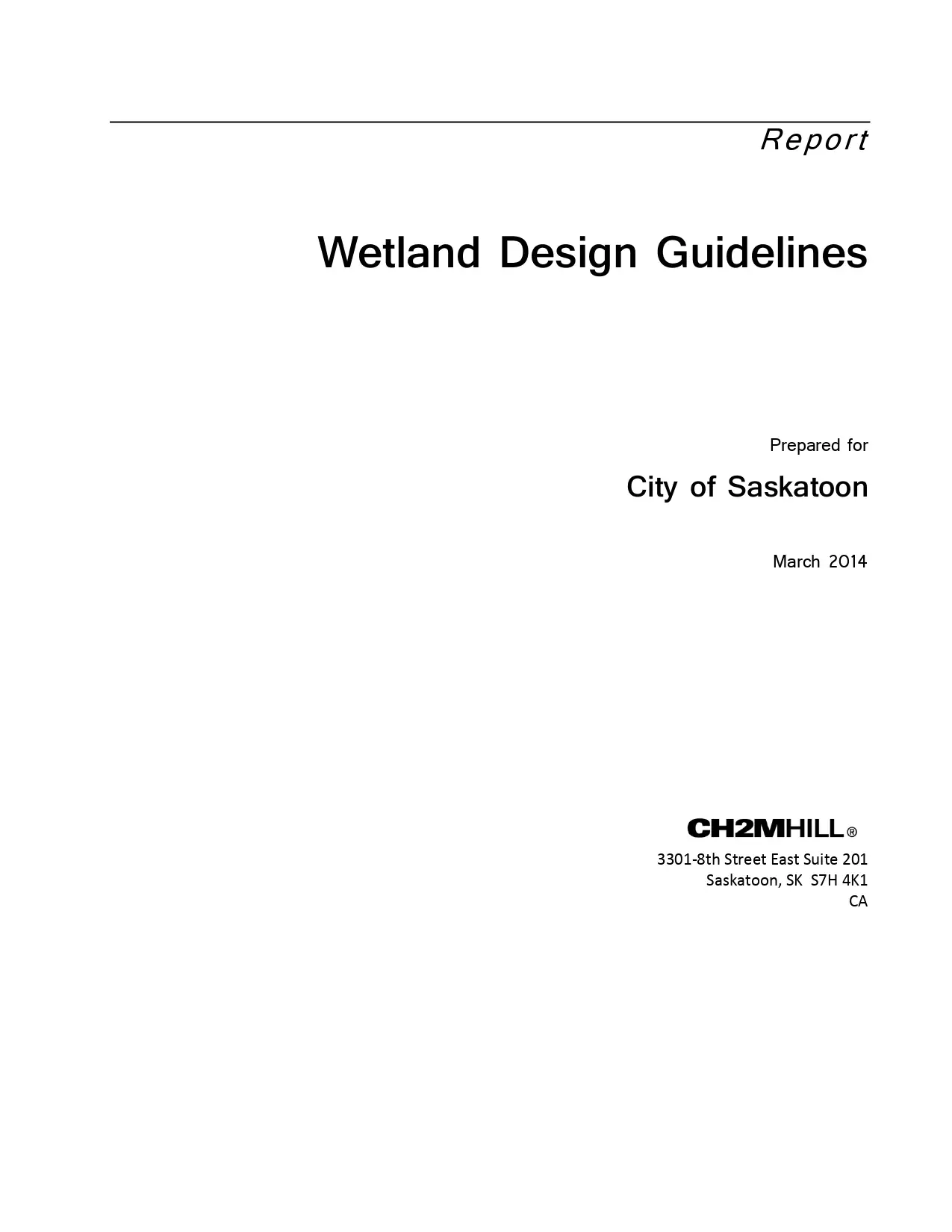


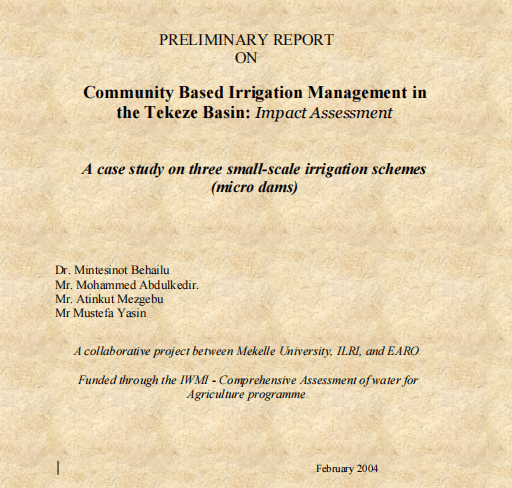
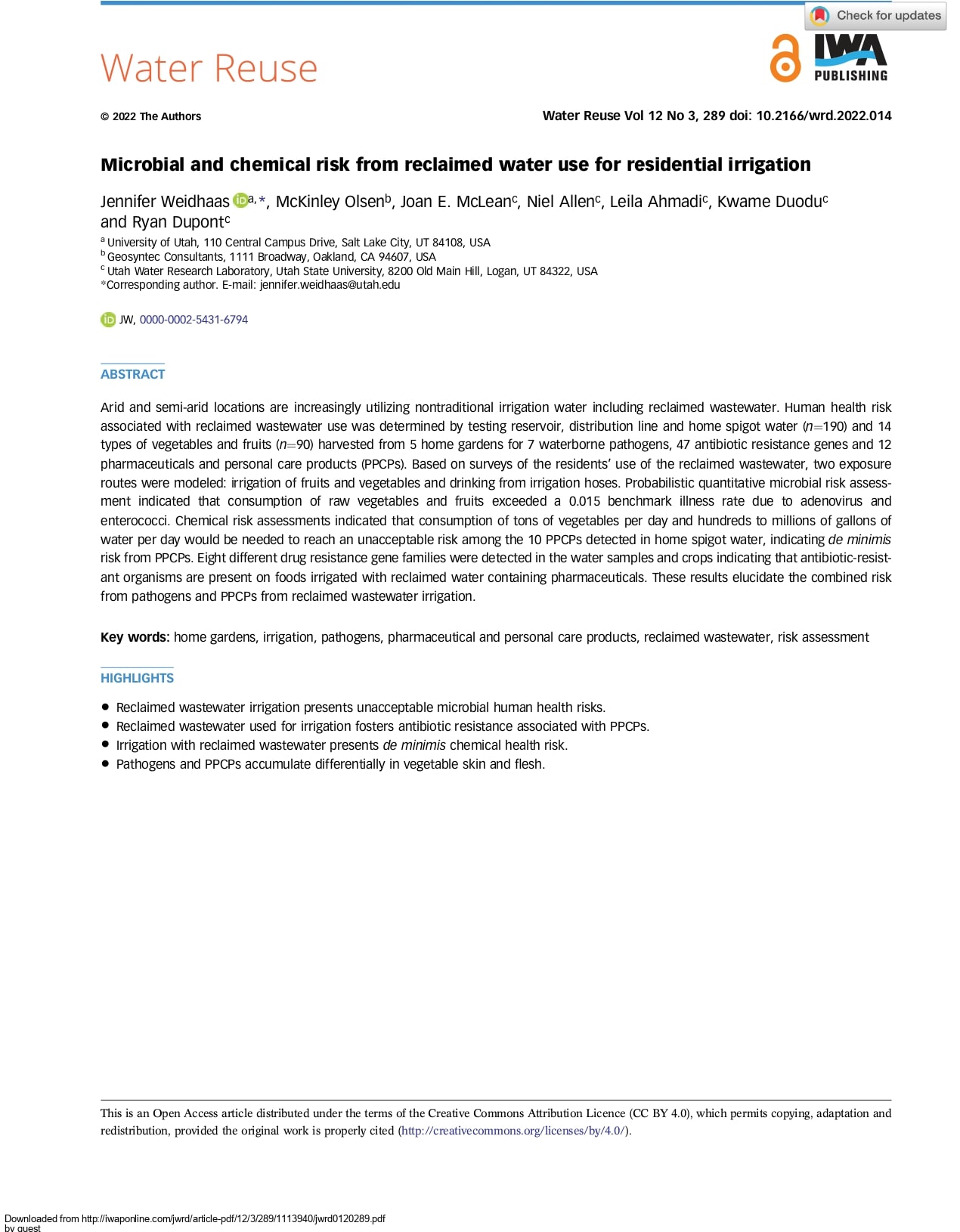

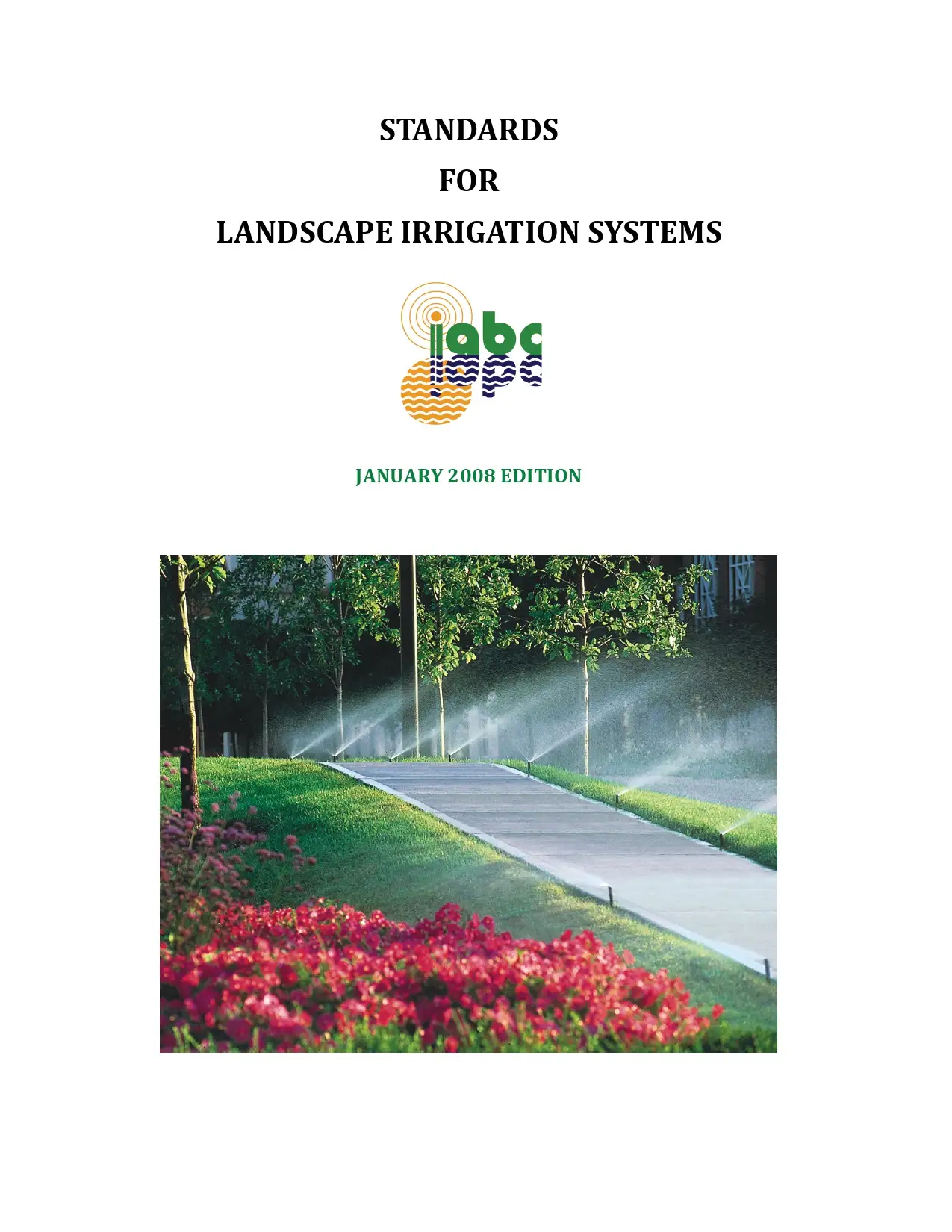



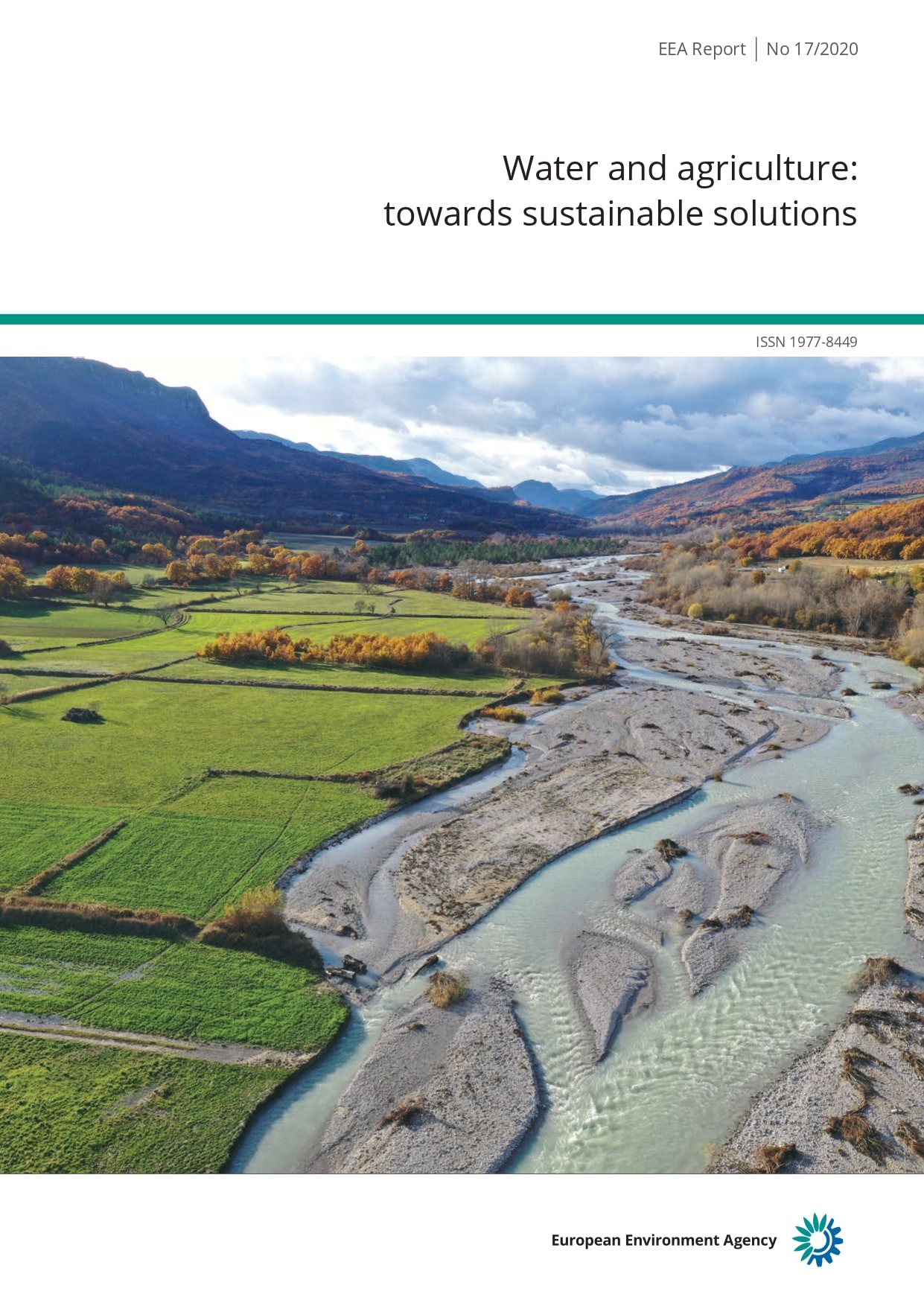
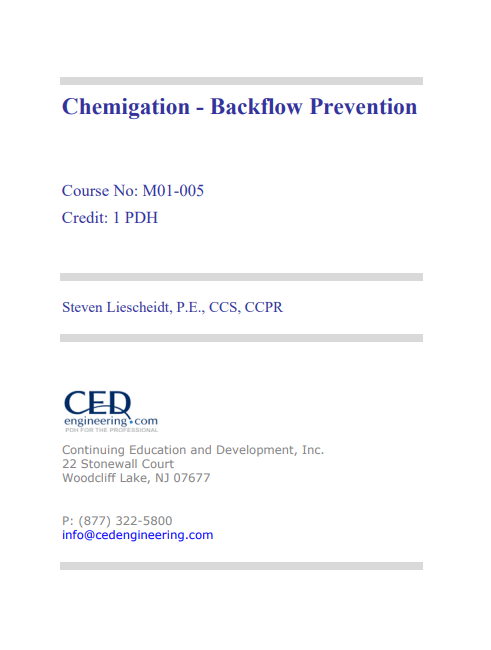
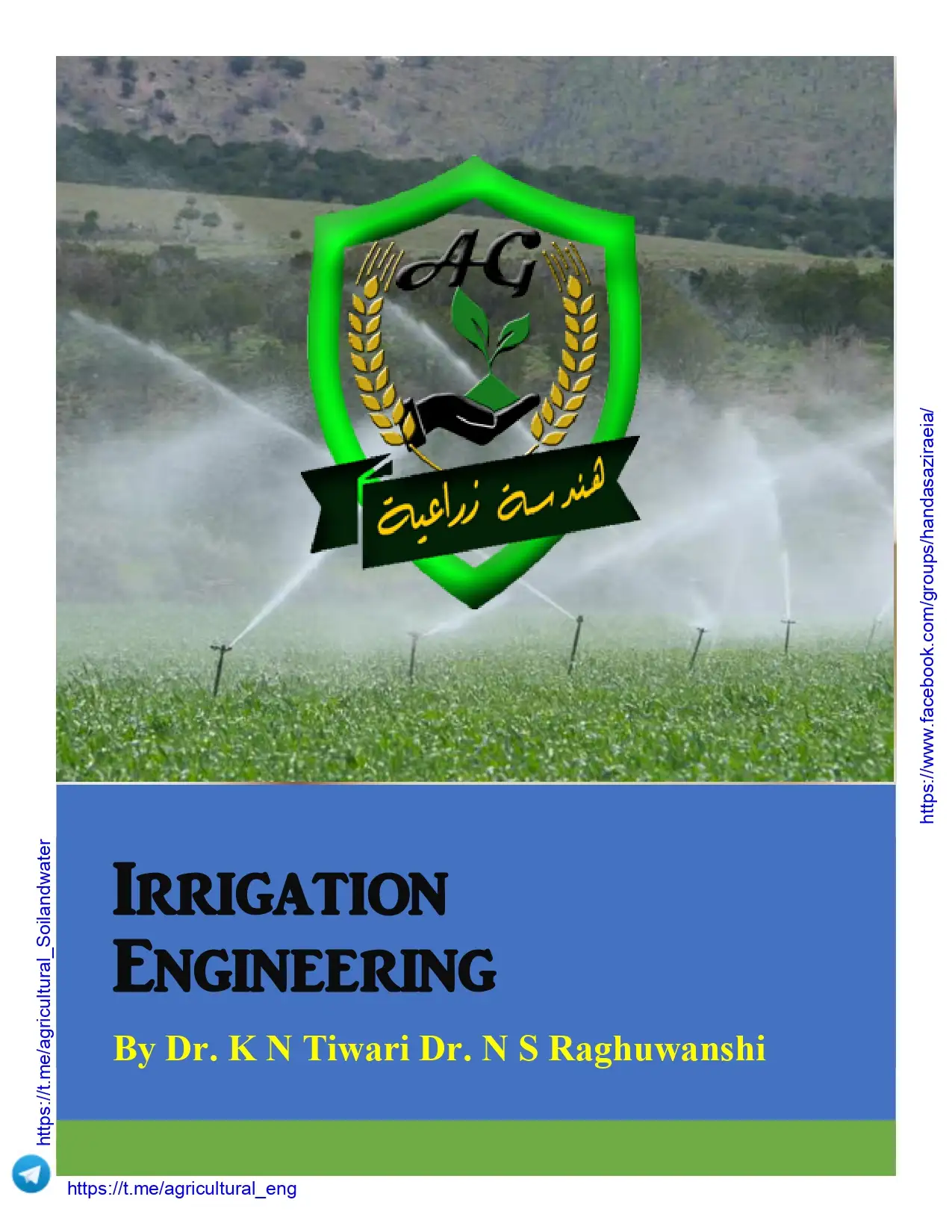
Reviews
There are no reviews yet.